Illustration by Dawn Cooper
1. Red-breasted goose, Lauwersmeer National Park
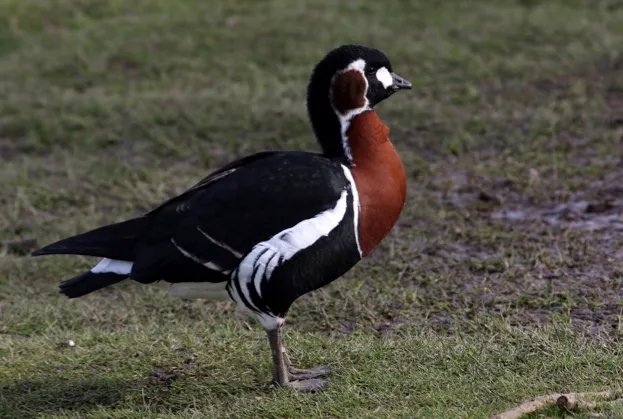
Red-breasted goose in Lauwersmeer NP © Ger Bosma/Getty
Spectacular numbers of barnacle and white-fronted geese overwinter here, along with rarities such as the red-breasted goose. Montague’s harriers and golden orioles both breed in the park too.
2. Sand lizard, Hulshorsterzand, Veluwe
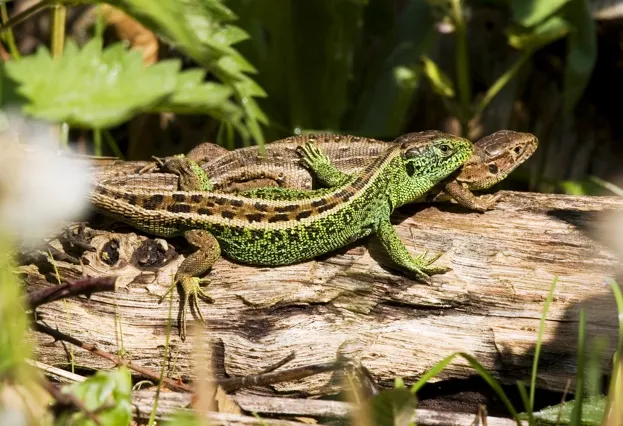
Sand lizard in Hulshorsterzand, Veluwe © David Courtenay/Getty
This area of the Veluwe is the most important location for inland sand drifts in Europe and is a great place to encounter sand lizards.
3. Bluethroat, De Groote Peel National Park
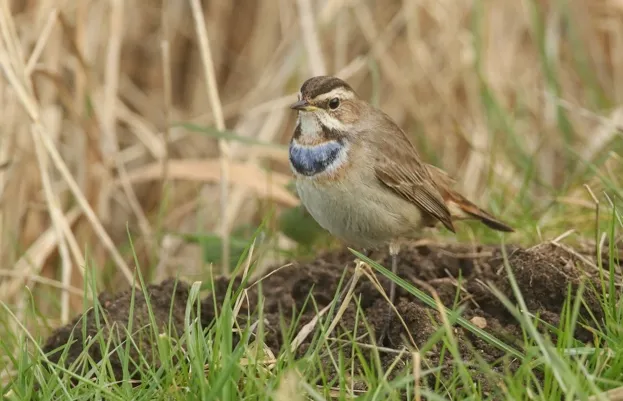
Bluethroat in De Groote Peel NP © Standbridge/Getty
This unmistakeable, robin-sized songbird breeds throughout much of the Netherlands, but the wetlands of De Groote Peel are an excellent place to start.
4. Black woodpecker, Grenspark de Zoom-Kalmthoutse Heide National Park
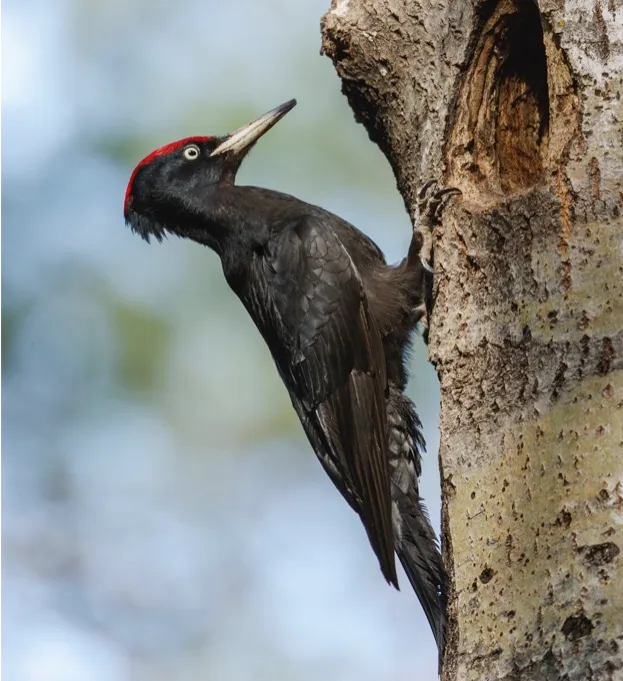
Black woodpecker in Grenspark de Zoom-Kalmthoutse Heide NP © Javier Fernandez Sanchez/Getty
A mosaic of habitats make up this cross-border (with Belgium) national park, including pasture and dunes. The coniferous woods surrounding the central heathland area are home to this striking woodpecker.
5. Konik pony, Oostvaardersplassen
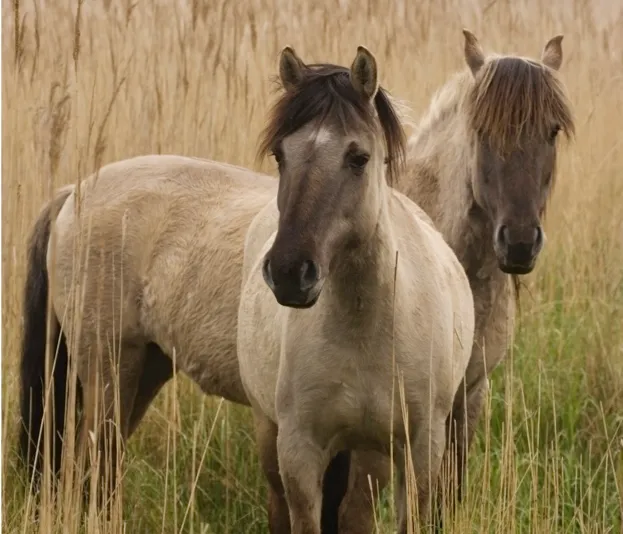
Conic pony in Oostvaardersplassen © John Cancalosi/Getty
‘Rewilded’ hotspot Oostvaardersplassen is 50km2 of wetland, grassland and woodland and home to a range of birds and mammals. Not strictly wild horses, but the semi-feral konik ponies are the nearest we can get today to the extinct European tarpan.
6. Spoonbill, Texel
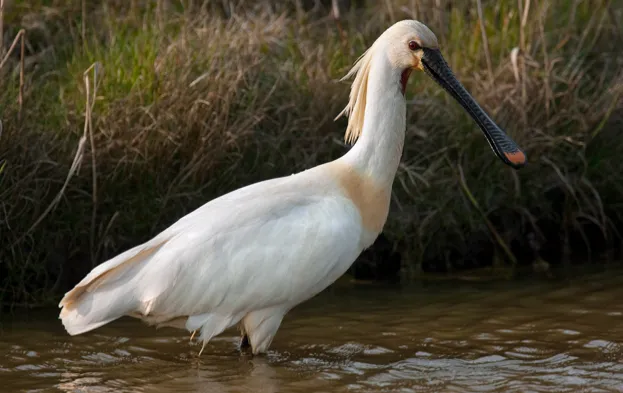
Spoonbill in Texel © Arterra Getty
Part of a chain of islands in the Wadden Sea, Texel is a birding hotspot. The dunes around Mokbaai are home to the Netherlands’ largest colony of spoonbills.